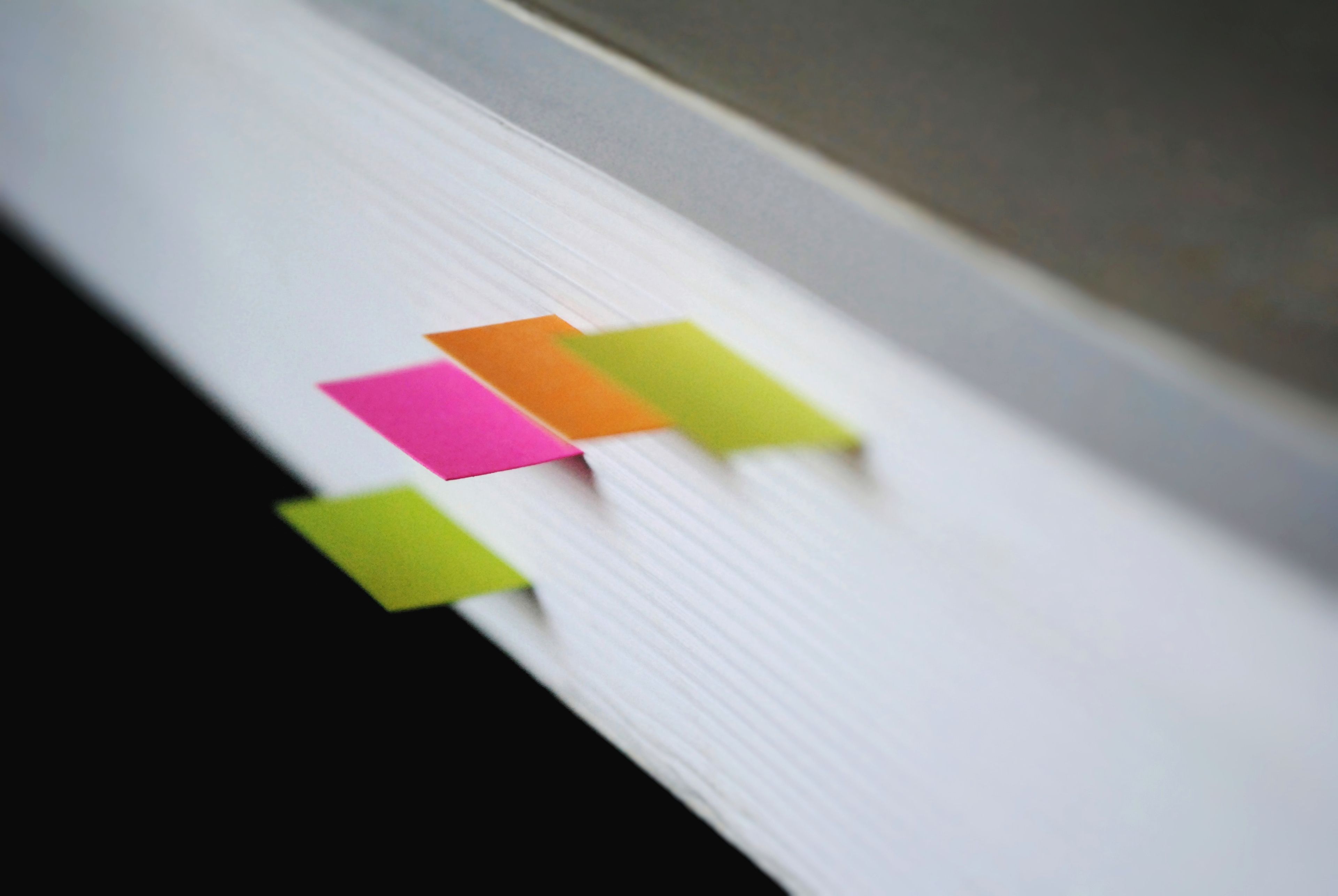Ever since I started using Neovim, my work on a certain project always begins with changing my terminal working directory into the folder that contains the codebase. It’s pretty easy - I just have to write cd <path-to-directory>.
Unexpected cognitive load
However, despite this process being easy, it produced a small cognitive load on a daily basis, because I had to remember the actual path to the project directory. I’ve noticed that this cognitive load sometimes interrupted my process of getting into the flow state, effectively delaying it.
So, I decided to alias (shortcut) all of the cd commands that I use. Now, I can just type ws<abbr> to immediately cd into the directory of the project that is behind the chosen abbr. For example, I write wsftf to cd into the frontend directory of a Fit tracker that I am building right now, and wsftb for the backend of the app.
The script
To make the process of creating new aliases easier, I and my fellow AI companion (side note: ChatGPT is great for writing bash scripts!) wrote a script that creates the alias of the current directory by running the command save_ws_alias <abbr> (I named the script save_ws_alias.sh and added it to my PATH). Note that I am using the Fish shell, so the last 2 lines are specific to it.
#!/bin/bash
# Check if the alias name is provided as a command-line argument
if [ -z "$1" ]; then
echo "Alias name is missing."
echo "Usage: $0 <alias_name>"
exit 1
fi
# Trim leading and trailing whitespace from the alias name
alias_name=$(echo "$1" | sed -e 's/^[[:space:]]*//' -e 's/[[:space:]]*$//')
# Check if the alias name is empty
if [ -z "$alias_name" ]; then
echo "Alias name cannot be empty."
exit 1
fi
# Get the current directory
current_directory=$(pwd)
fish_command="alias -s ws$alias_name 'cd $current_directory'"
# Run the Fish shell and execute the command
fish -c "$fish_command"For example, I can run save_ws_alias ftf to save the alias wsftf.
Conclusion
It seems trivial, but I’ve noticed that these aliases have greatly improved how quickly I can get into the flow state and do quality work. This made me realize that productivity doesn’t need to be a series of complicated and long processes - sometimes we can just add a little productivity bit into the mix and make great improvements.
